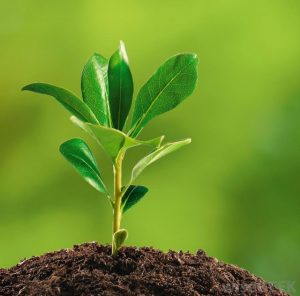Skip to contentBranches of Ecology
- The science of ecology is often divided into autecology and synecology. Autecology deals with the study of the individual organism or an individual species.
- In this, life histories and behavior as a means of adaptation to the environment are usually emphasized. Synecology deals with the study of groups of organisms that are associated together as a unit (i.e., community).
- Thus, if a study is made of the relation of a white oak tree (or of white oak trees in general) to the environment, the work would be autecological in nature.
- If the study concerned the forest in which the white oak lives, the approach would be synecological (Odum, 1971).
- While autecology is experimental and inductive, synecology is philosophical and deductive (Smith, 1974).

- Synecology is often further subdivided into aquatic and terrestrial ecology. The aquatic ecology includes freshwater ecology, estuarine ecology, and marine ecology.
- Terrestrial ecology subdivided further into such areas as forest ecology, grassland ecology, cropland ecology, and desert ecology, is concerned with terrestrial ecosystems-their microclimate, soil chemistry, nutrient, and hydrological cycle and productivity.
- Further, demecology is that branch of ecology that deals with the ecology of populations. Early ecologists have recognized two major subdivisions of ecology about plants and animals-plant ecology and animal ecology.
- But when it was found that in the ecosystems plants and animals are very closely associated and interrelated, then, both of these major subdivisions of ecology into plant ecology and animal ecology became vague.
- Besides these major subdivisions the ecology has been classified in the following branches according to the level of organization, kind of environments or habitats, and taxonomic position :
- Habitat ecology: It deals with the study of different habitats of the biosphere. According to the kind of habitat, ecology is subdivided into marine ecology, freshwater ecology, and terrestrial ecology. The terrestrial ecology is further subdivided into forest ecology, cropland ecology, grassland ecology, etc., according to the kind of study of its different biomes.
- Ecosystem ecology: It deals with the analysis of the ecosystem from the structural and functional points of view including the interrelationship of physical (abiotic) and biological (biotic) components of the environment.
- Conservation ecology: It deals with methods of proper management of natural resources such as land, water, forests, sea, mines, etc., for the benefit of human beings.
- Production ecology: It is the modern subdivision of ecology which deals with the gross and net production of different ecosystems such as freshwater, seawater, crop fields, orchards, etc., and tries to do proper management of these ecosystems so that maximum yield can be obtained from them.
- Radiation ecology: It deals with the study of the gross effects of radiation and radioactive substances on the environment and living organisms.
- Taxonomic ecology: It is concerned with the ecology of different taxonomic groups and eventually includes the following subdivisions of ecology–plant ecology, insect ecology, invertebrate ecology, vertebrate ecology, microbial ecology, and so on.
- Human ecology: It deals with the study of the relationship of man with his environment.
- Space ecology: It is a modern subdivision of ecology which remains concerned with the development of partially or completely regenerating ecosystems for supporting the life of a man during long space flights or during extended exploration of extra-terrestrial environments.
- Systems ecology: Systems ecology is the most modern branch of ecology which is concerned with the analysis and understanding of the function and structure of an ecosystem by the use of applied mathematics such as advanced statistical techniques, mathematical models, and computer science.

